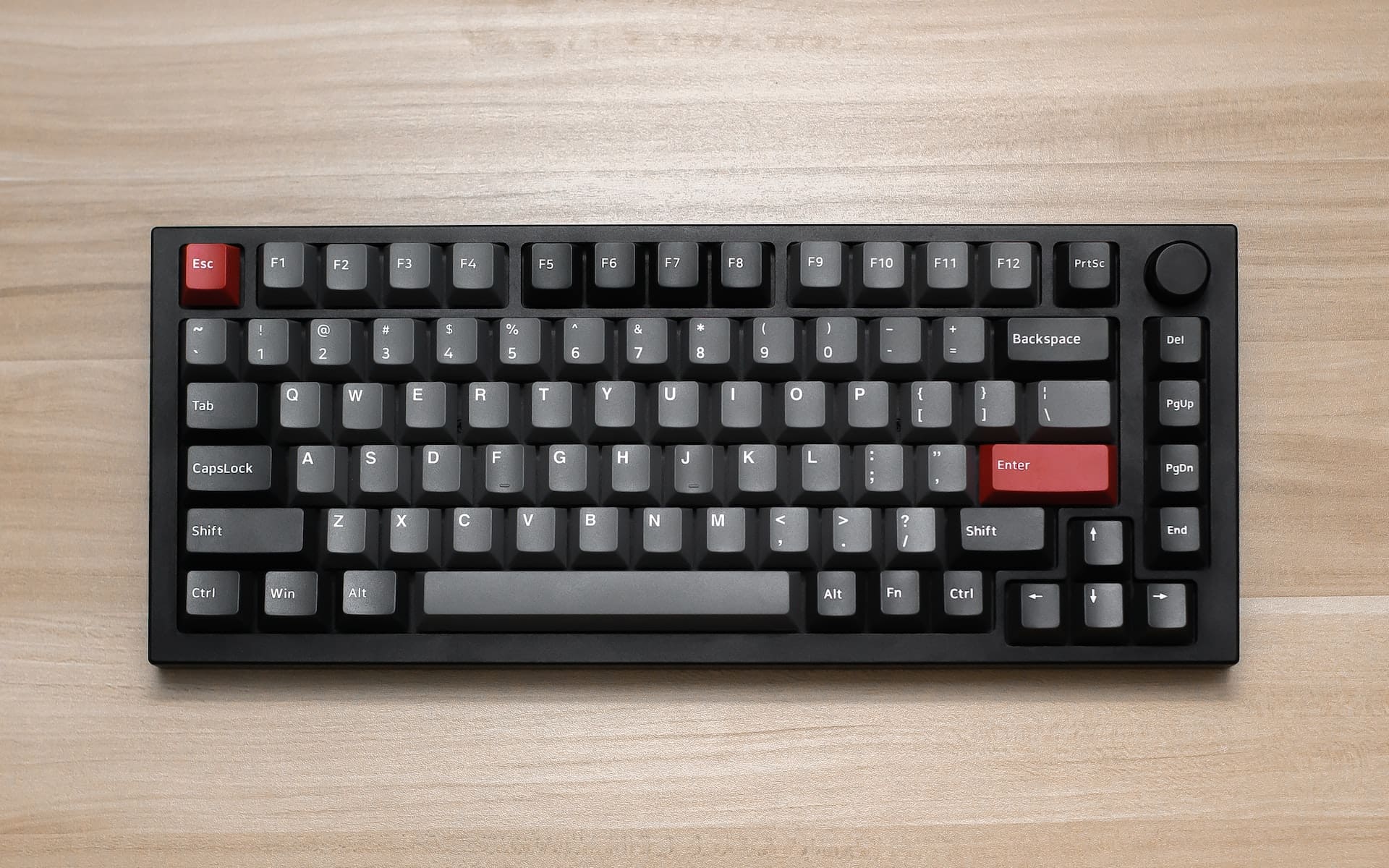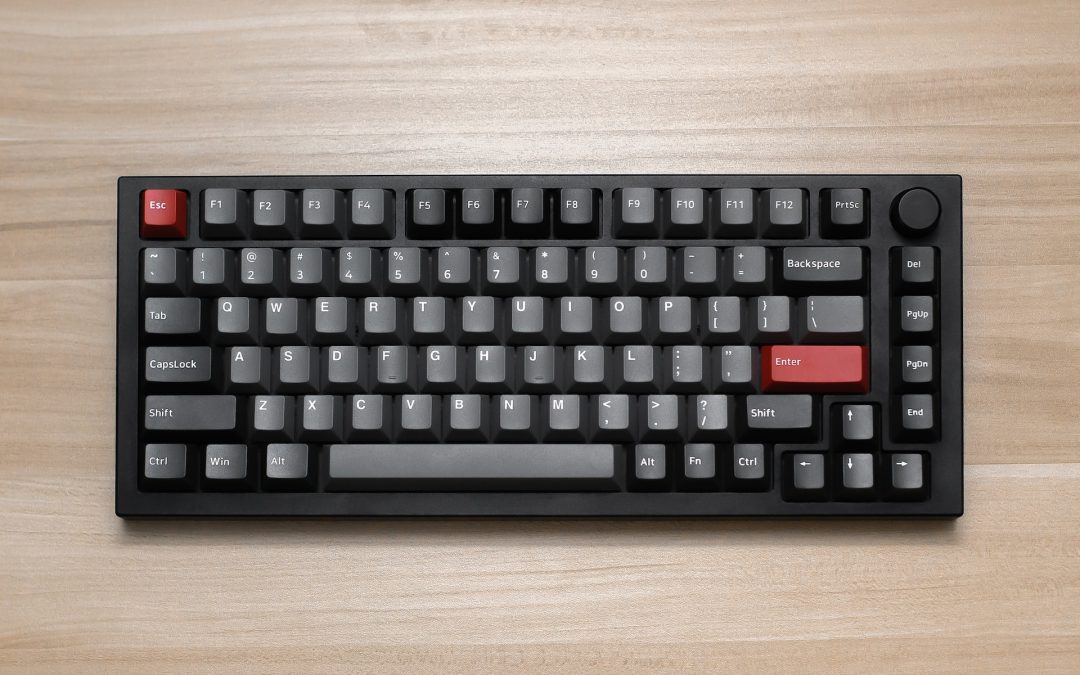
You’ve used the tab button for years. It’s how you indent after a new paragraph. But if you’re a writer, it’s time to do away with the tab key. Here’s why to give it the boot and what to do instead.
The Tab Key Wastes Your Time
If you use the tab key, you follow the following formula when starting a new paragraph:
- Hit the Enter button.
- Push the Tab key.
- Start typing.
Seems simple, doesn’t it? Not as simple as it could be. By not hitting tab, you could save yourself a keystroke with every new paragraph.
If your manuscript is long, that’s a lotta keystrokes. And every time you’re hitting tab, you’re not typing the next letter in your manuscript. Instead, you’re inching closer to carpal tunnel syndrome.
Tabs Annoy Editors and Designers
At some point in your publishing journey, someone else will touch your document. An editor may look for common editing mistakes in your book. Or a designer may lay your book out for you. Whoever it is, this person may need to copy your manuscript into a new program.
If you have tabs in your document, everything can get goofy at this point.
When your document gets copied into other programs, a lot of the formatting goes away. Unfortunately, the tabs don’t. If the designer sets up indentions for each paragraph, your paragraphs get doubly indented.
To avoid this, the designer has to get rid of all your tabs. On a good day, the tabs get deleted with find and replace. If technology doesn’t cooperate, the designer has to manually remove every tab.
Not the biggest problem, but it wastes time that your designer could be using to make your book look perfect.
Using Tabs Ups the Risk of Errors
Every book has errors. Don’t believe it? Grab a dozen best sellers from your local library. No matter the publisher, everyone uses humans to edit and design your book. Despite our greatest efforts, humans make mistakes.
Because tabs have to be removed by your publisher, every time you push the tab key, you open the door to potential errors. Stop using that little button, and you’ll reduce the risk of errors.
Overcoming Your Tab Button Addiction
Fortunately, there are great solutions for those who hit the tab key without second thought. Depending on your preference, you can do one of the following:
- Add space after each paragraph. This gives your document a nice, clean look that can be read easily, even without indentions! In Word, click Format > Paragraph. Under the Spacing heading, increase the After amount to 6 pt. If you want more space, increase the number.
- Auto-indent your paragraphs. This provides the indention you desire without ever clicking the tab key. In Word, go to Format > Paragraph. Under Indention, choose First line in the dropdown options beside Special.
Got Tabs? No Problem
At Argyle Fox Publishing, we’re always on the prowl for a good story, whether or not your manuscript is full of tabs. Take a look at our FAQs and cost to publish with us, then submit your story for consideration.
